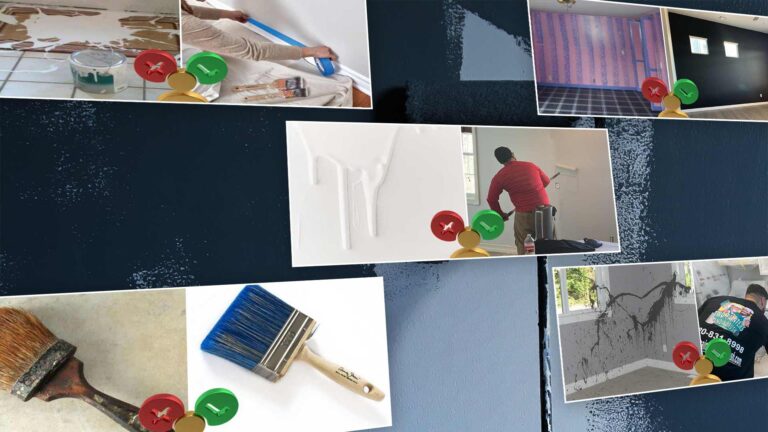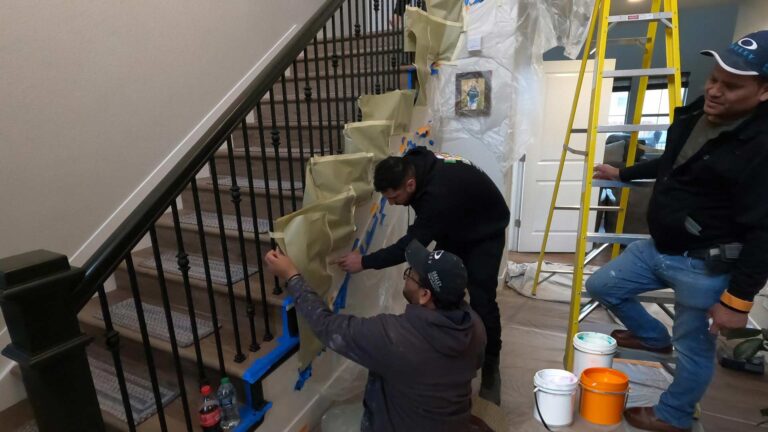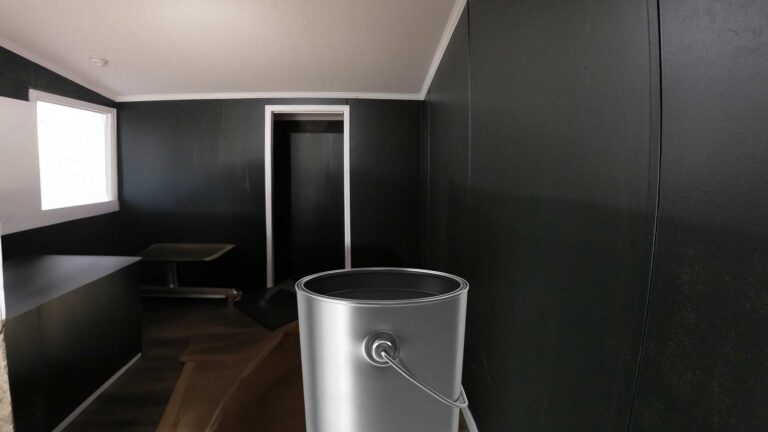When it comes to painting, there’s an often-overlooked step that can significantly influence the outcome: applying primer. You might be tempted to bypass this stage, but Two Painters and a Brush are here to explain why that might not be the best idea.
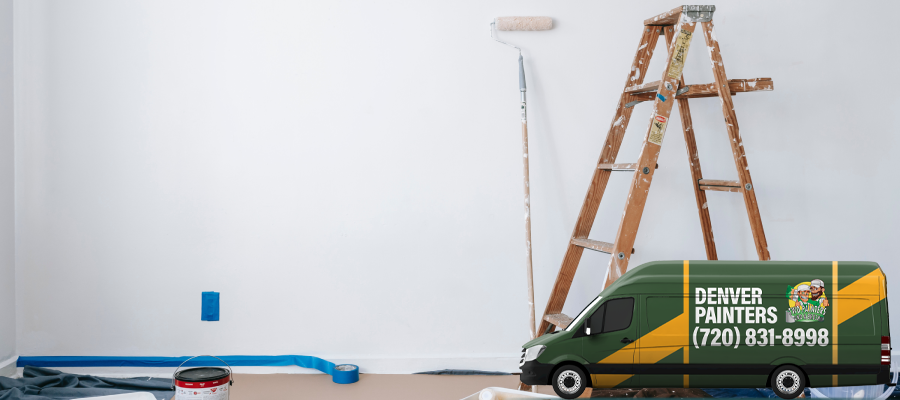
The Primer Basics: What is It and Why Do We Need It?
In its simplest form, primer is a preparatory coating put on materials before painting. Applying primer means preparing the surface for the paint to adhere better, resulting in a long-lasting, more vibrant paint job. This step is vital whether you’re considering interior painting or exterior painting.
Improved Adhesion and Durability
The first benefit of using primer is that it improves paint adhesion, which significantly reduces peeling and blistering issues. By providing a surface that paint can better adhere to, primer can help you avoid the need for frequent touch-ups or repaints. Moreover, a primer-sealed surface is less prone to damage, enhancing the paint job’s overall durability. This is a critical consideration for areas with high humidity or extreme weather conditions.
Higher Paint Quality
Secondly, primer can improve the appearance of the final paint job. It can help provide a uniform base for the topcoat, which means the paint’s true color can shine without interference from the underlying surface color or texture.
For instance, if you’re planning on popcorn ceiling removal, applying a primer afterward can ensure a smooth and uniform surface that will enhance your new ceiling paint’s appearance. Similarly, when contemplating kitchen cabinet painting, primer can help conceal the wood grain and ensure a flawless finish.
Cost-Effective
Lastly, primer can be a cost-effective solution for your painting project. It’s typically less expensive than paint, and applying a primer layer first can reduce the number of paint coats needed, especially when painting over a darker color or raw surfaces.
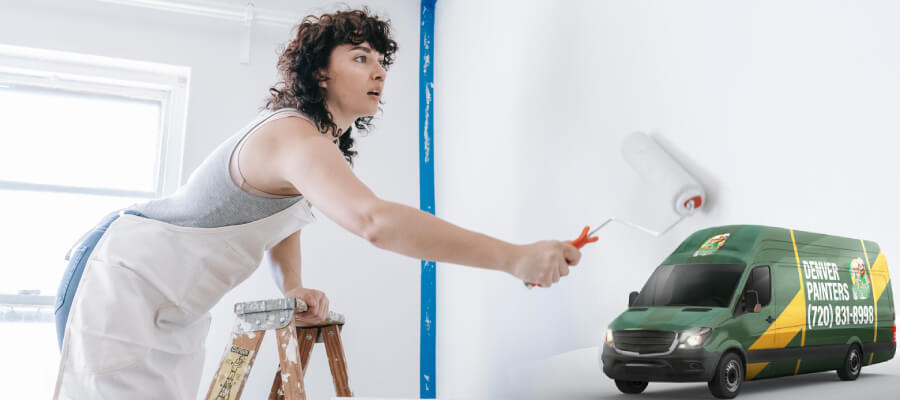
When Should You Use Primer?
There are instances where using a primer might not be necessary, such as repainting a well-maintained and similar color wall. However, there are also times when using a primer is crucial:
- New, untreated surfaces like bare wood or drywall.
- When painting over a darker-colored wall with a lighter one.
- Surfaces with stains or damage.
- High-touch areas that require extra durability.
If you’re unsure about whether your project requires a primer, consider contacting professionals for advice. You can easily get a quote from Two Painters and a Brush and receive expert guidance tailored to your needs.
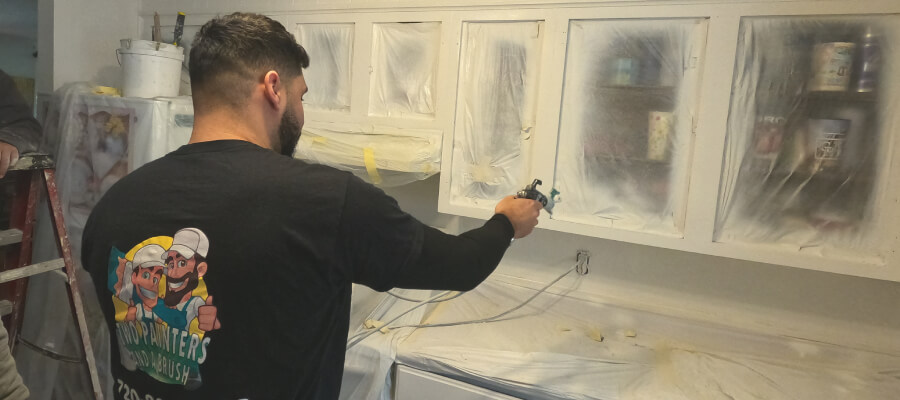
Don’t Skip the Primer!
As we’ve highlighted, primer plays a significant role in ensuring a high-quality, durable paint job. For additional tips on maintaining your paintwork, check out our guide on how to maintain your paint job. Keep updated with more tips and painting techniques by regularly visiting our Denver Painters Blog.
Remember, a successful paint job is about more than just choosing the right color; it’s about the preparation too. Hire a painting contractor in Denver, like Two Painters and a Brush, to help you navigate these crucial decisions, from primer application to choosing the best paint type.
When you’re considering revamping your space with a new paint job, it’s important to plan and prepare adequately. Don’t underestimate the impact of seemingly minor steps, such as using primer, on the final outcome. Whether you’re removing old wallpaper or looking to refresh the color scheme in your living room, the choice to prime before you paint can make all the difference.
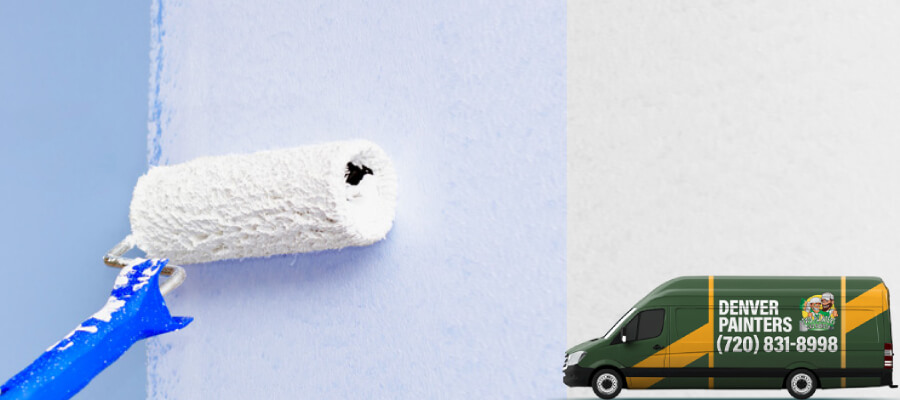
Frequently Asked Questions
What happens if you don’t use primer before painting
If you don’t use primer before painting, you risk poor adhesion of the paint, which can lead to issues like peeling, blistering, or an uneven appearance. Primer also helps to hide the previous color and provides a uniform base for the new paint, enhancing the vibrancy and coverage of the color you’ve chosen.
Do professional painters use primer?
Yes, professional painters typically use primer as part of their painting process, especially on untreated surfaces, dark colors, or areas with stains or damage. Primer ensures a durable, high-quality finish that lasts longer and looks better.
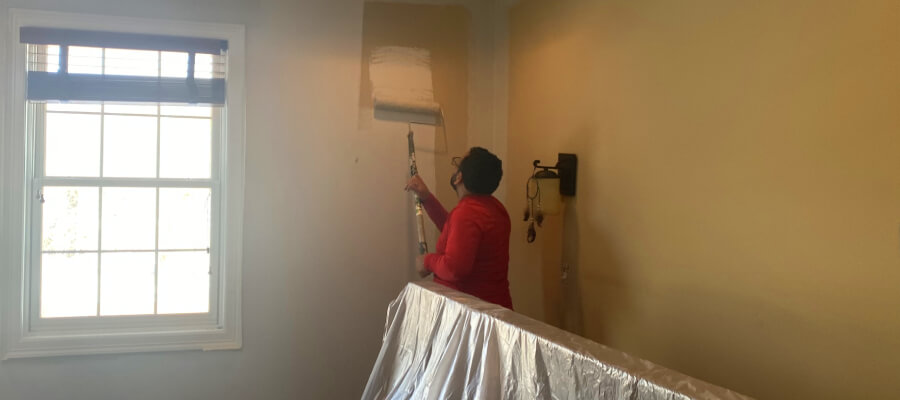
Can I just paint over old paint?
Yes, but it’s essential to consider the current state of the paint. If the existing wall paint is in good condition (not peeling or chipping), clean, and the new color is similar, you may be able to paint over it without using a primer. However, it’s generally a good idea to use primer for the best results.
Is it OK if I don’t use primer?
While it’s possible to paint without primer, we don’t recommend it. Primer ensures better adhesion, durability, and appearance of the paint. Skipping this step might save time initially but could lead to a subpar result that requires more frequent touch-ups or repaints.
How many coats of primer am I going to need?
Typically, one coat of primer is enough for most surfaces. However, for surfaces with stains or when changing from a darker to a much lighter color, two coats may be necessary.
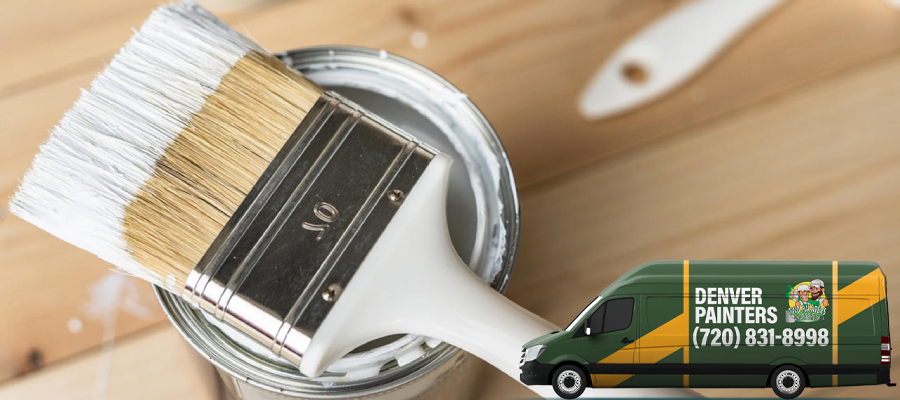
Is primer just watered-down paint?
No, primer is not just watered-down paint. While they share some ingredients, primer has a higher concentration of solids that help fill in the grain of the material and provide a smooth, uniform surface for paint to adhere to.
Do you paint straight over primer?
Yes, once the primer has completely dried, you can paint straight over it.
Do I need one or two coats of paint if I use primer?
The need for a second coat depends on the quality of the paint, the color, and the overall look you’re trying to achieve. Using a primer doesn’t necessarily eliminate the need for a second coat of paint, but it can help to provide a uniform base that makes the paint color appear more vibrant.
How long after priming can you paint?
It’s generally recommended to wait at least 24 hours after applying primer before painting. This allows the primer to fully dry and provide the best surface for the paint.
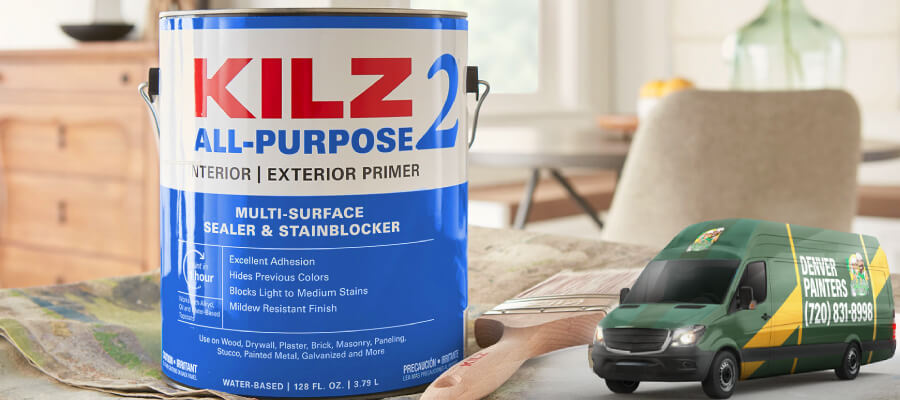
Can I just use white paint as primer?
While it’s possible to use white paint as a makeshift primer, it won’t provide the same benefits as a dedicated primer. Primers are specifically designed to seal the surface and provide a much better base for the paint to adhere to.
Should you prime the whole wall or just patches?
This depends on the condition of the wall. If the entire wall is covered with stains, marks, or a dark color you’re trying to cover up, then you should prime the whole wall. However, if there are only a few patches that need attention, you can get away with just priming those areas.
Should I use Kilz before painting?
Kilz is a primer brand that is particularly good at blocking stains. If you’re painting over a surface with stains or odors (like smoke or pet odors), a Kilz primer can be a good choice. Always check the manufacturer’s instructions before use.

A Quick Recap
In conclusion, primer isn’t just an extra, optional step in the painting process. Instead, it’s a crucial element that can enhance the durability, appearance, and cost-effectiveness of your paint job. By understanding the role of primer, you can be sure your next painting project will succeed.
So, the next time you pick up a paintbrush, remember this: primer matters, not just for the quality of your paint job project, but also for your wallet. Whether you’re tackling a DIY project or hiring professional painters, make primer part of your painting strategy. It’s a choice you’ll appreciate every time you admire the beautiful, long-lasting results.




